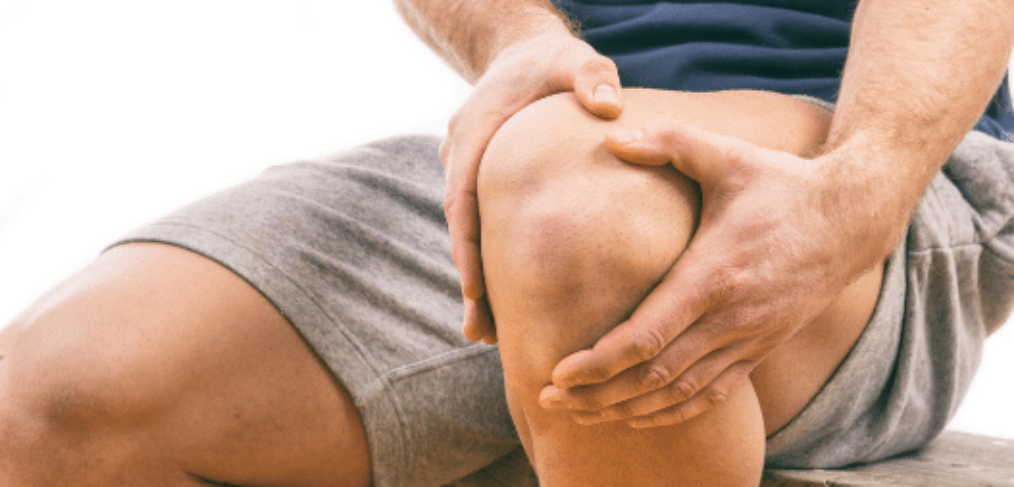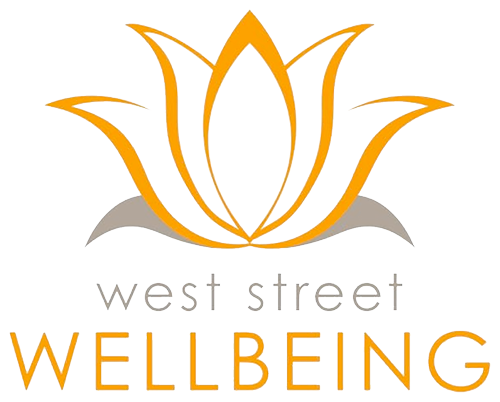
Acupuncture for Knee Injuries, Pain Relief & Cartilage Repair
Written by Dr Luke McPherson (CM)
Relieve pain, and repair the joint!
Knee pain can be debilitating! It is a load bearing joint that is in use the entire time we are on our feet. The fact that this can cause constant pain can really impact on your quality of life and make it difficult to function in a work environment, or simply to play with your kids. Movement is really important in repairing the knee, but movement also hurts! This is where acupuncture comes in to save the day: Acupuncture will relieve pain to help you move, BUT also repair the cartilage!
How does it work?
Acupuncture stimulates cartilage repair for patients with knee osteoarthritis. Using MRIs, researchers have quantified the therapeutic effects of acupuncture. Within four weeks, acupuncture successfully improves the condition of cartilage in the anterior medial and lateral tibial regions of the knee. In addition, Western Ontario and McMaster Universities Osteoarthritis Index (WOMAC) scores document that acupuncture reduces pain and stiffness levels while simultaneously improving physical function.
The Evidence
In a controlled trial (Zhang et al.), acupuncture was compared with the therapeutic benefits of physical therapy. The MRIs demonstrate that acupuncture improves cartilage in the knee region. Physical therapy did not stimulate cartilage repair. Pain, stiffness, and physical functioning improved with both therapies. However, acupuncture significantly outperformed physical therapy across all three WOMAC indices (pain, stiffness, and physical functioning).
Why put up with it?
If you know someone who has been suffering with knee pain, and it is impacting on their lives, then send them for some Acupuncture in North Sydney with Luke McPherson; it will change their lives.
_____________________________________________________________________________________
Reference
Zhang, Yan, Fei Bao, Yan Wang, and Zhihong Wu. “Influence of acupuncture in treatment of knee osteoarthritis and cartilage repairing.” American journal of translational research 8, no. 9 (2016): 3995.


